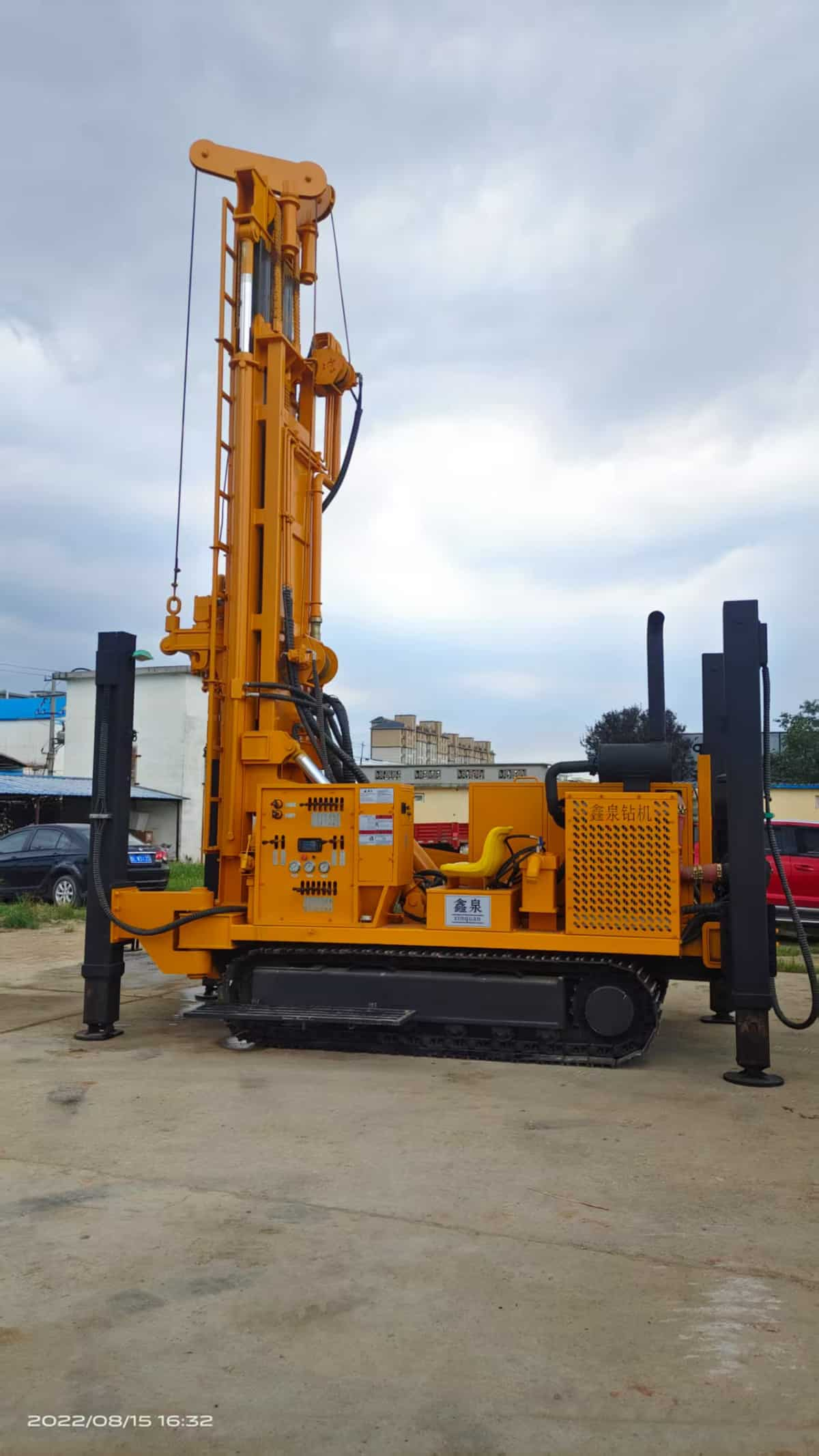Excessive slag accumulation in the borehole forces the bit to re-cut broken debris during drilling. This increases workload and causes severe friction/collision, accelerating wear. Slag buildup also disrupts drilling fluid circulation, impairing cooling and lubrication to worsen damage.water well drilling rig
- Inspect mud pumps, pipelines, and equipment before each job to prevent blockages or damage.
- Adjust discharge parameters based on formation type and drilling speed. For loose formations, increase slag removal speed; for hard strata, clear slag promptly despite slower drilling.
- Optimize drilling fluid properties to enhance cuttings-carrying capacity and facilitate slag evacuation.water well drilling rig
Thoroughly flush slag discharge systems after each job to remove residual debris and prevent caking.
Regularly check mud pump impellers, pipeline interiors, and other components for wear; replace parts immediately if damaged.
Monitor bit wear patterns—if accelerated wear occurs with poor slag discharge, inspect the system for blockages or malfunctions.
Summary: Timely slag removal, combined with systematic equipment maintenance, reduces bit wear caused by debris accumulation. This ensures efficient, stable drilling operations. Contact for detailed slag management protocols in specific formations.
 3. Routine Maintenance Practices
3. Routine Maintenance Practices Giàn khoan Bangxin
Giàn khoan Bangxin